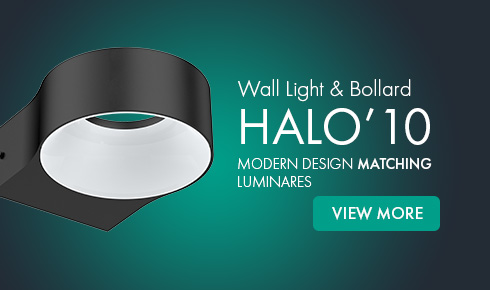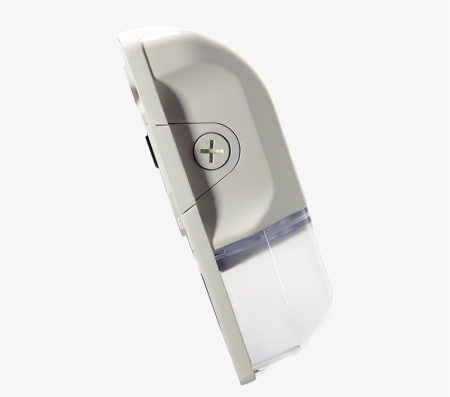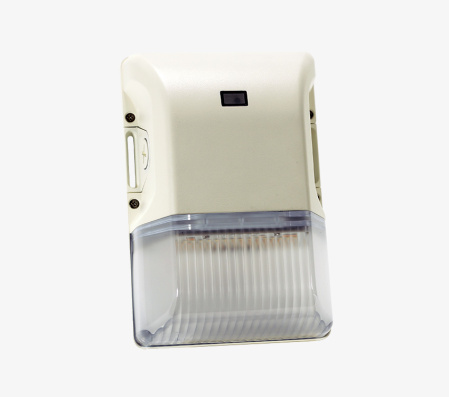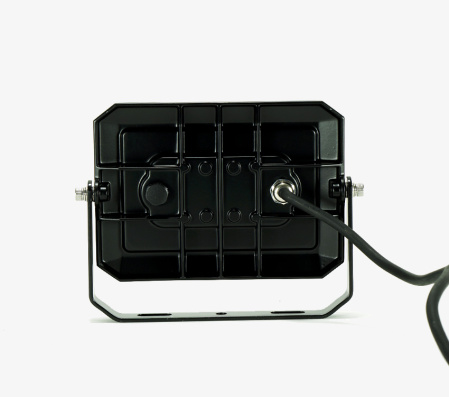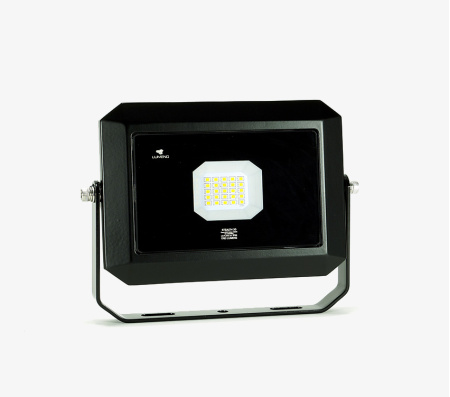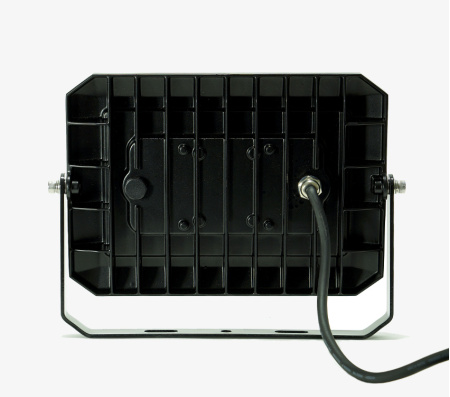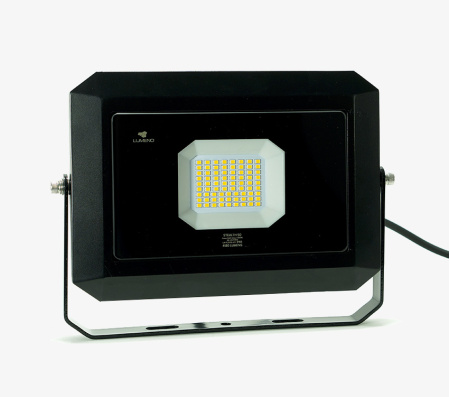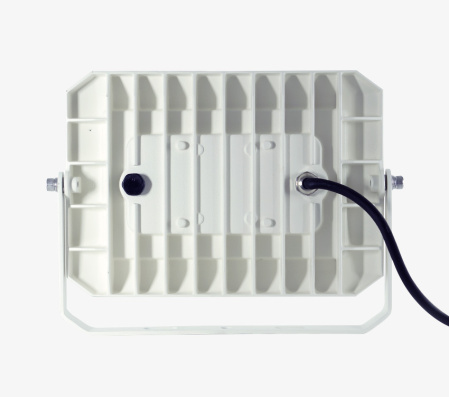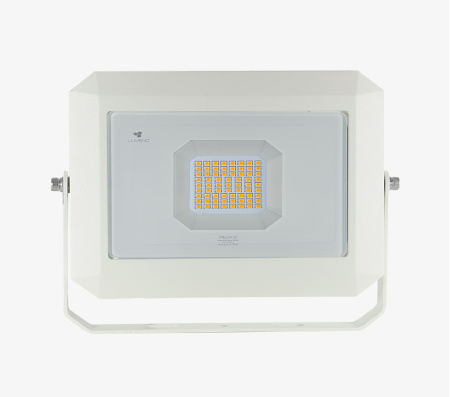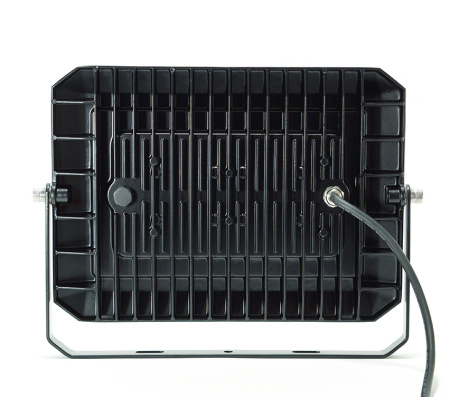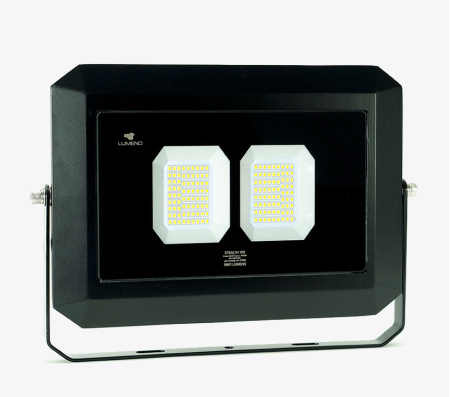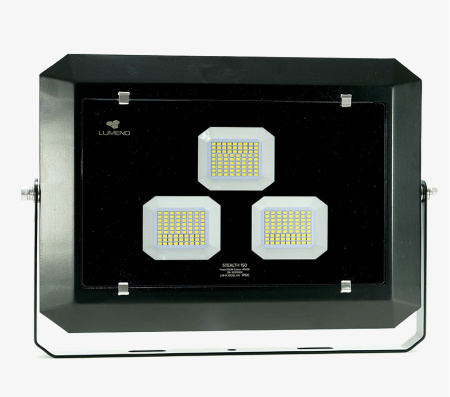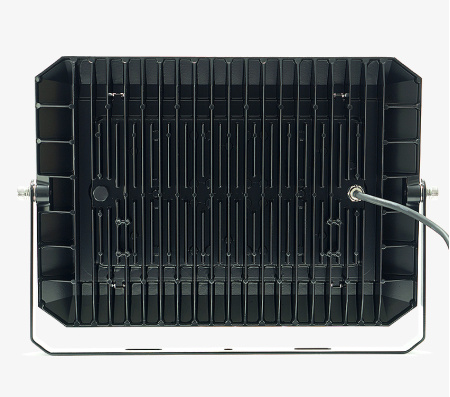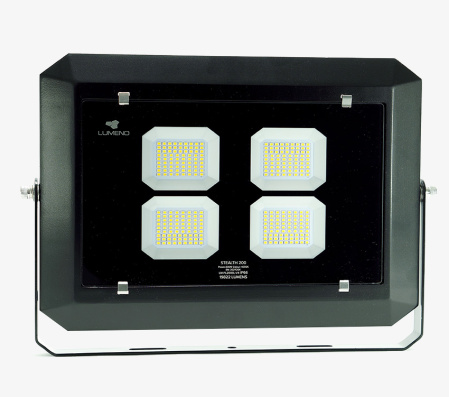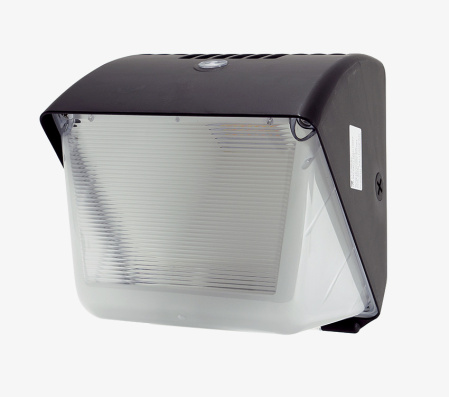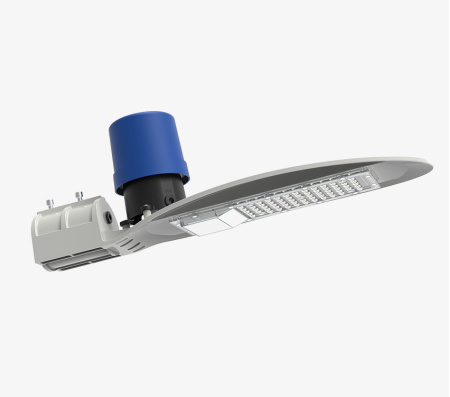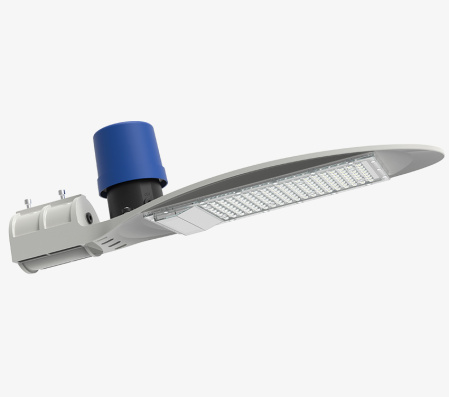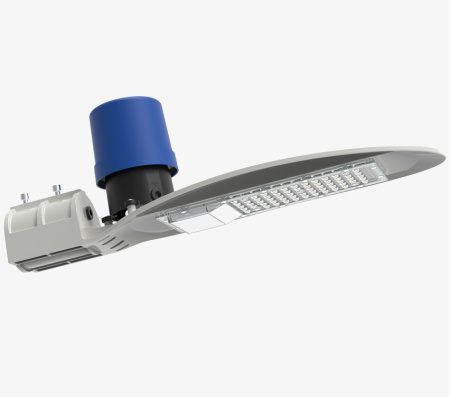With the recent development of LED lighting, our cities, towns, estates started becoming continuously more energy efficient and that is an undeniable fact. From the humble spots that made way into our homes at the start of LED era, to commercial and industrial fittings that light up streets and warehouses, LED’s continuously bring in more light and brighten up our environment.We do live in interesting times where old Edison light bulb is being permanently replaced by new, modern light sources. This rapid development of LED lighting that we are seeing, brought a race towards achieving the highest brightness possible. “LUMENS” became a key word in the battle of the producers and the main question when choosing a light source.
Light Pollution
Higher lumens performance came with the use of white light, and it became obvious to the public that the whiter the light the brighter the lamp. This misguided trend led us to the situation we are in now, where our environment is saturated with cold white light, too sharp for human eye’s comfort to endure at night. Driving into towns and villages from complete darkness right into areas with newly installed LED lighting, generates pure blinding shock to our eyesight. It is a part of an issue known under the term of light pollution, and no, it is not only a concern of night-sky gazing amateurs and astrologists, but it affects us all on daily basis. Abuse of white, glary light (5000-6000K) is not only becoming a nuisance but a serious disturbance to human’s, livestock as well as surrounding wildlife’s lifecycle. Blue tinge coming from many LED street lighting and flood lighting is raising fear that people’s wellbeing is being compromised. Recent recommendations by leading industry experts, underline that lights used near our homes should not exceed 3000K.
Orange Solution
The solution is not new, but rather product of the past, experiencing a comeback to battle issues at hand. For years amber or orange light has been in use but has been neglected with the coming of LED lights. It was considered by some as a product of the past, not bright enough, no longer necessary or needed. Sodium lamps (SOX) which have been the source of mellow, orange light commonly called SON, can now find a solid replacement in the form of LED lights. Orange light that was all-present in not too distant past ranged between 1700K-2200K. With the arrival of LED chips this colour spectrum wasn’t available at start, as focus was put on achieving the brightness and the highest LM/W (Lumen to WATT) ratio. Yet brightness and good visibility is not necessary achieved by higher lumens, but rather a right choice of colour temperature for the job.
is not necessary achieved by higher lumens,
but rather a right choice
of colour temperature for the job.”
What’s available
Over 10 years’ experience gained in the sector, has given us a good insight to the lighting needs and requirements of the market. Topic of toned down warm light has been constantly investigated and applied to our product portfolio and development pipeline. Consultations with clients as well as suggestions comming from the sector, guided us into launching a growing family of SON replacement products, that meet the demands and provide an answer to current white-light issues. Among them, stand the VIBE series street lamp / amenity lamp (SLV lamps) as well as solid selection of Flood lights ranging between 20W-500W of 2000K SON colour luminares.









